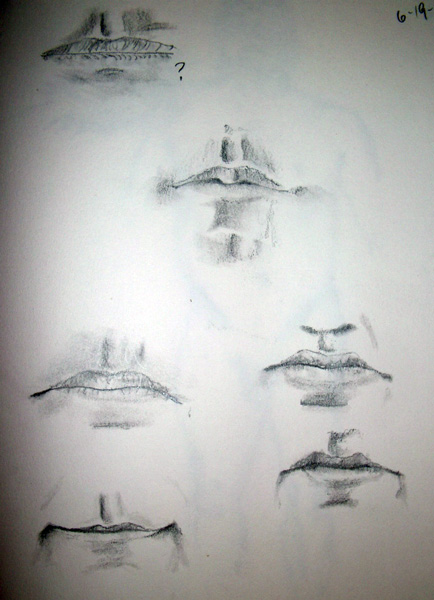As I was rummaging around Sam Flax yesterday, I stumbled across a small display of Artist Trading Cards supplies. I had completely forgotten about the concept, which I stumbled upon a couple of years ago and bookmarked as a neat thing, but which I’ve never gotten around to doing.
I never let a valid Lichtenbergian distraction pass me by, of course, and the materials were inexpensive, so I bought two packs.
Simple explanation: pieces of cardstock, 2-½ x 3-½, you put art on them and trade them. (Needless to say, you don’t have to buy the cards. You can cut up your own cardstock to the correct size.)
Here are some links:
- Basic Wikipedia explanation
- A consortium (I like the concept of the swap thingies they have going on.)
- An amazing gallery of work (Click on the names on the right to be overwhelmed.)
Some examples, all from the above links:





But Dale, you ask, what has this to do with me?
heheheh…
One day, perhaps tomorrow, perhaps next week, but soon , you will receive in the mail a little box, and in that box will be two ATCs, one from me. There will also be three blanks. You will make three new ATCs, two of which you will mail back to me. (Postage and labels will be included.) I will keep one and mail the other one to the next victim artist.
It’s a game, see? We’ll all have fun. I’ll post the current player two days after I mail the box and post the samples that come back to me.
If you want to play and you’re not sure I have your mailing address, email me. Don’t bother letting me know you don’t want to play. Of course you do.
